Location
Talacogon, a 2nd class municipality, is considered the heart of Agusan del Sur. Surrounded by 8 municipalities and two adjacent cities, the town is advantageous for agricultural trade and commerce.
Barangay Cularam is located 30 minutes away from the sitio proper and can only be reached by an improvised motorbike with wings locally known as Skylab or habal-habal. Coconut and abaca farming are the main source of income by the farmers. The area is also identified as an End Local Communist Armed Conflict (ELCAC) site, and thus lacks economic development.
Prior to the SAAD Program
Before the Department of Agriculture- Special Area for Agricultural Development (DA-SAAD) Program intervention, the farmers were accustomed to the manual wide-stripping method (laguras). The output from this type of operation produces 100% low quality fiber (Binaba) which is priced at Php 40/kg.
Nevertheless, the farmers said they preferred stripping their abaca harvest manually because renting a machine would cost them 25% off their income and an additional 10% if they hire an operator. Since the machine was also stationary, farmers have to haul the materials from their farm to the machine, which makes the process more expensive and laborious.
Recipients of SAAD
The Culiram SAAD Abaca Farmers’ Association (CuSAFA), recipients of the SAAD Program-funded abaca production project in barangay Culiram, Talacogon, Agusan del Sur, reported a 55% increase in sales from processing high quality abaca fibers.
According to CuSAFA President Gil Gabales, the members stripped 13,017 kilograms (kg) of abaca fibers using the SAAD-funded machines. The group has a combined sales of Php 991,885 from January 2020 to August 2021 (Table 1).
Table 1. CuSAFA’s income from stripping machines from January 2020-August 2021

CuSAFA was granted with four stripping machines; two portable and two manual. They also received materials for 10 x 8 meters (m) UV plastic shed with a drying capacity of 200kg abaca fiber.
The interventions provided are part of the Php 6.8 million worth of abaca production support from FYs 2019-2021, which also covered the expansion of the group from 41 to 66 members in 2020.
To equip them with the necessary skills, the group underwent training on machine operation in 2019.
The group is currently capitalizing on their machines, generating additional income from rental fees. Group members pay 5% off their sales while non-members at 10%.
As of August 2021, CuSAFA has a total savings of Php 28,933 accumulated from machine rental alone, which they utilize for equipment repair and maintenance.
Production efficiency and quality
The efficient abaca production ensures the high quality of the fiber. Since they transitioned from manual to mechanized stripping, the quality of their fiber has improved from 100% low grade to 80% high grade with only 20% low grade.
Mr. Gabales said that processing five bundles of abaca sheets (one Balotan) usually consumes a day or two if done manually. Using the stripping machines, it now only takes 30 minutes to complete the process. They can now process 100kg of abaca fibers in a day instead of taking a week.
Plans
Members of CuSAFA is expected to harvest 9ha by the end of this year, while 44.5ha will be harvested in separate months in May and December 2022 and July 2023.
Abaca is not new to the community, thus the CuSAFA recognizes this potential and works on becoming an established consolidator and produce competitive abaca fibers as soon as their plantations mature. ###
Writer: Mark Angelo Pineda, Information Officer- SAAD Region 13

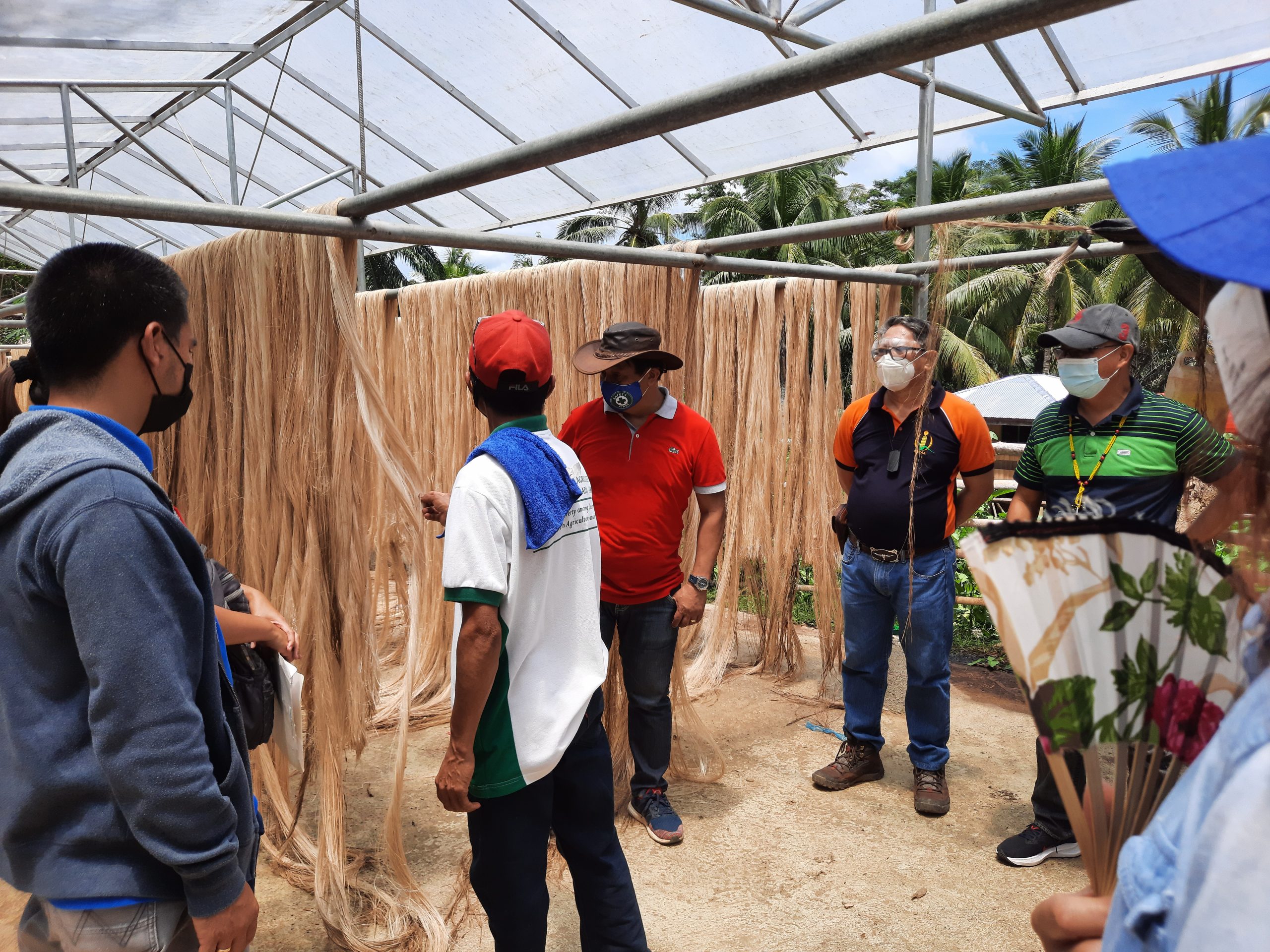


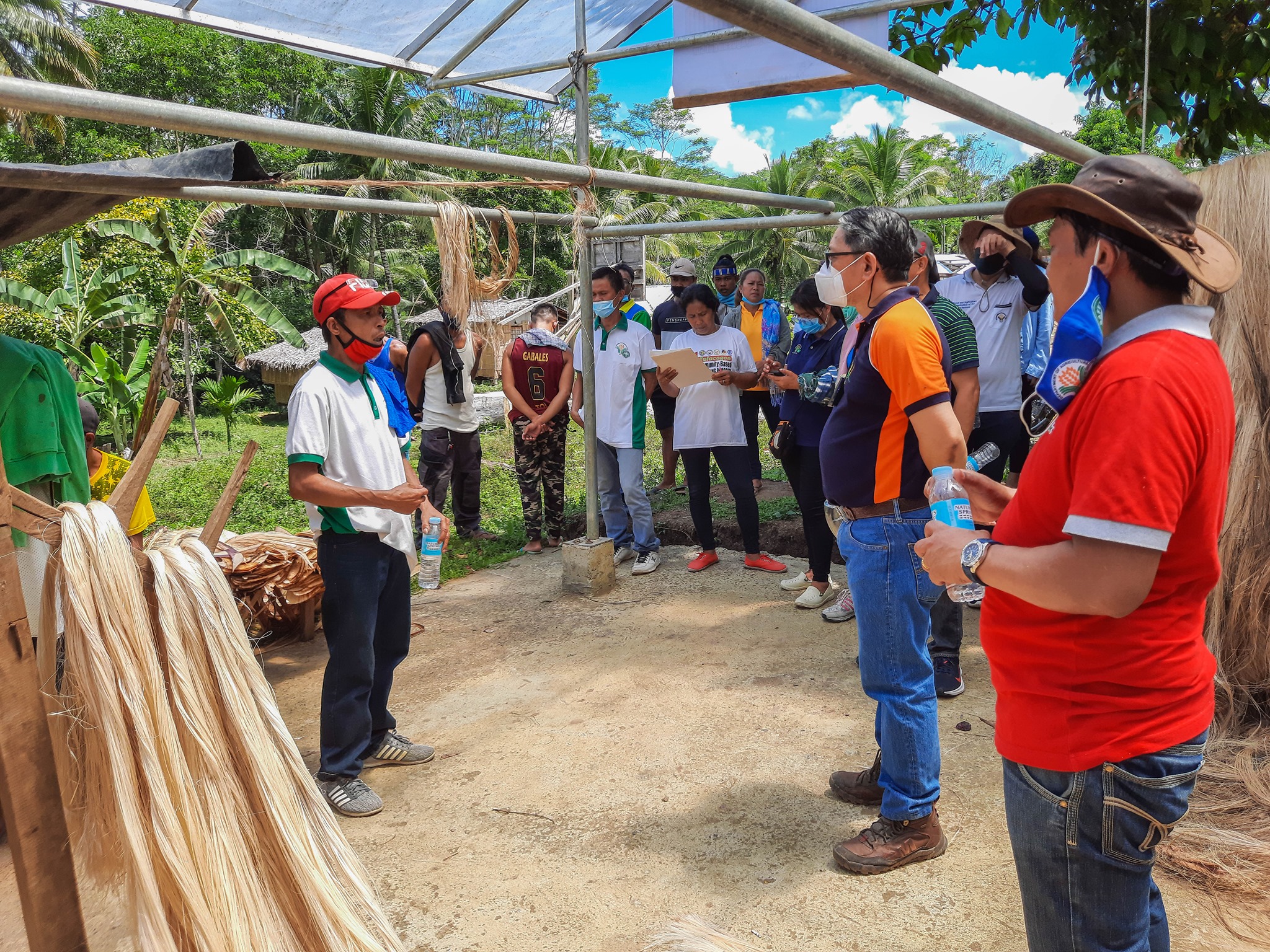


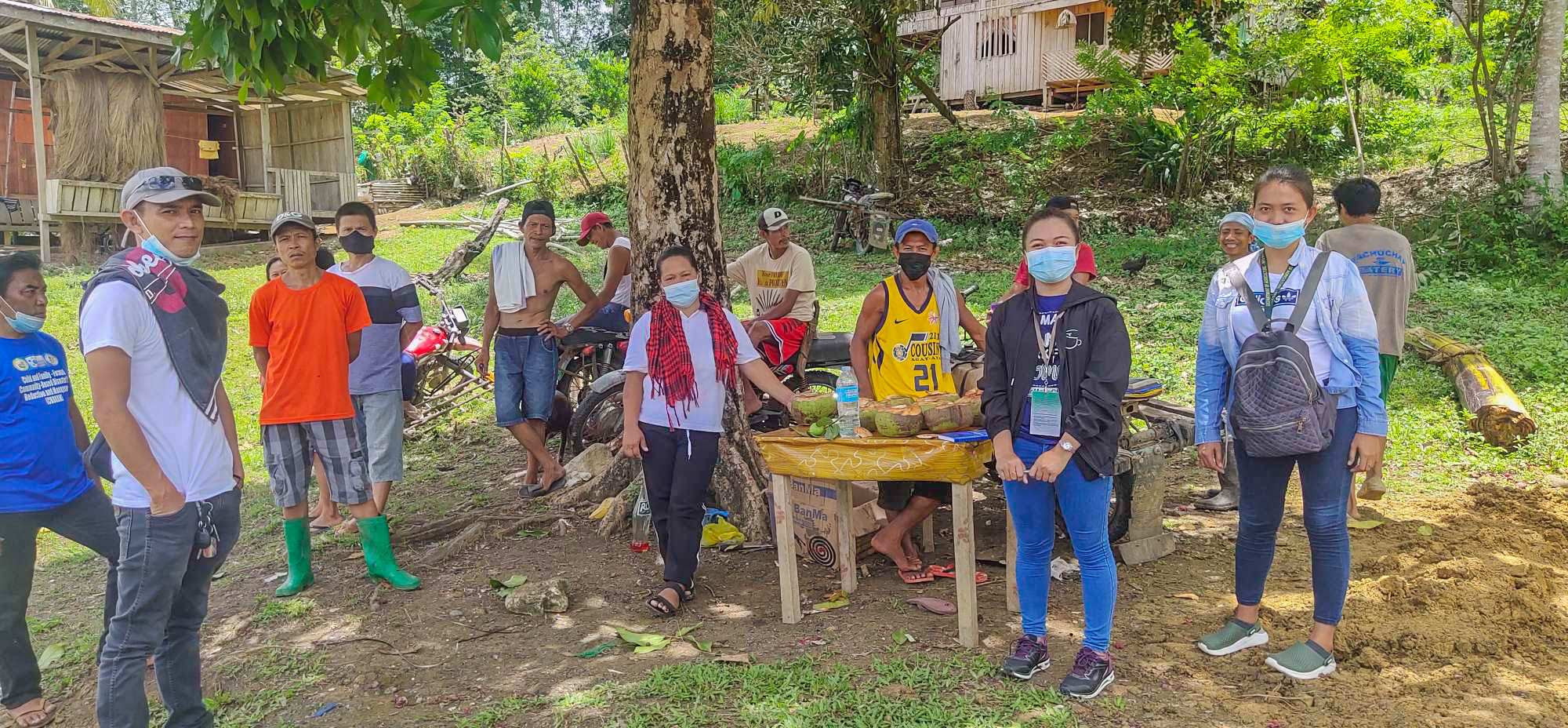

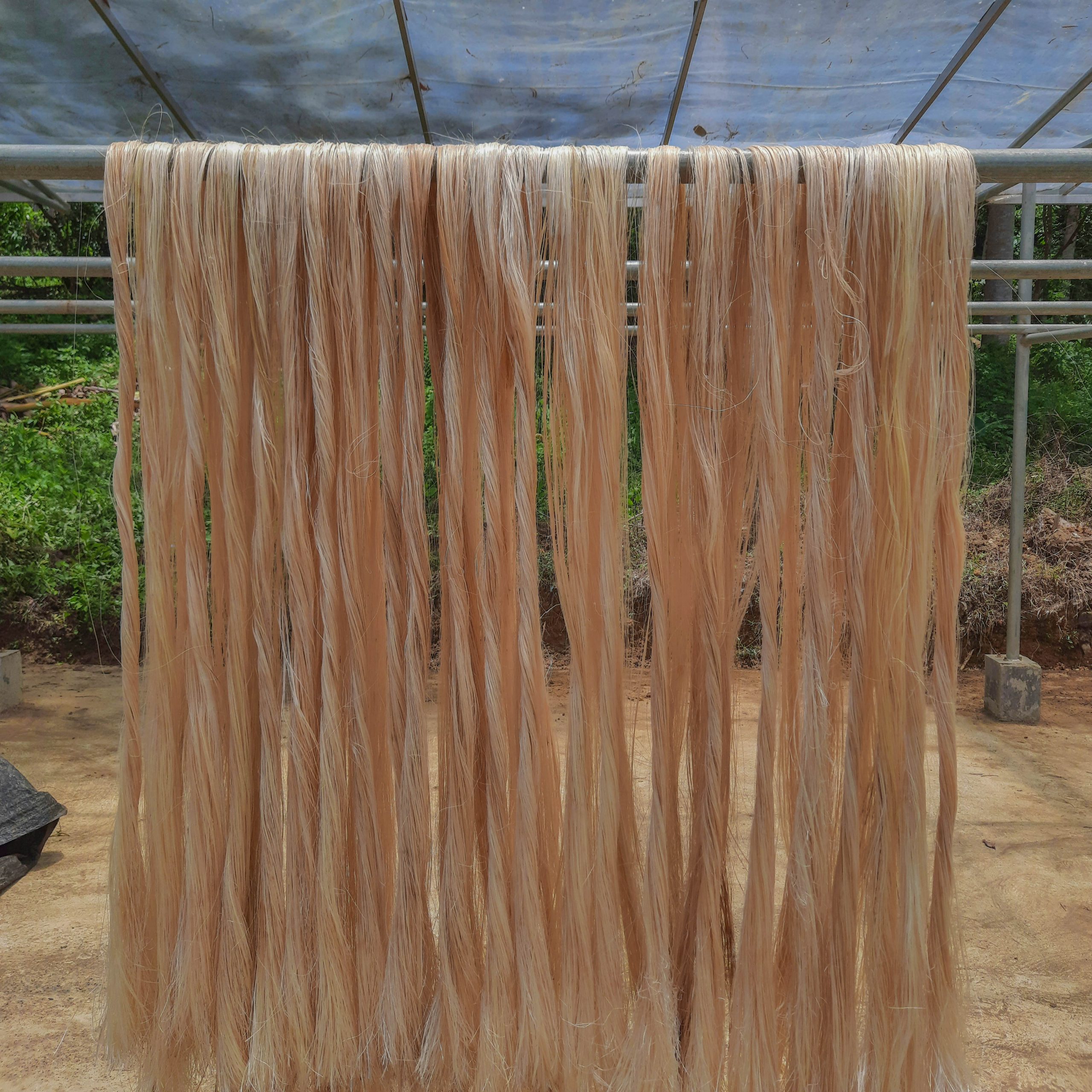
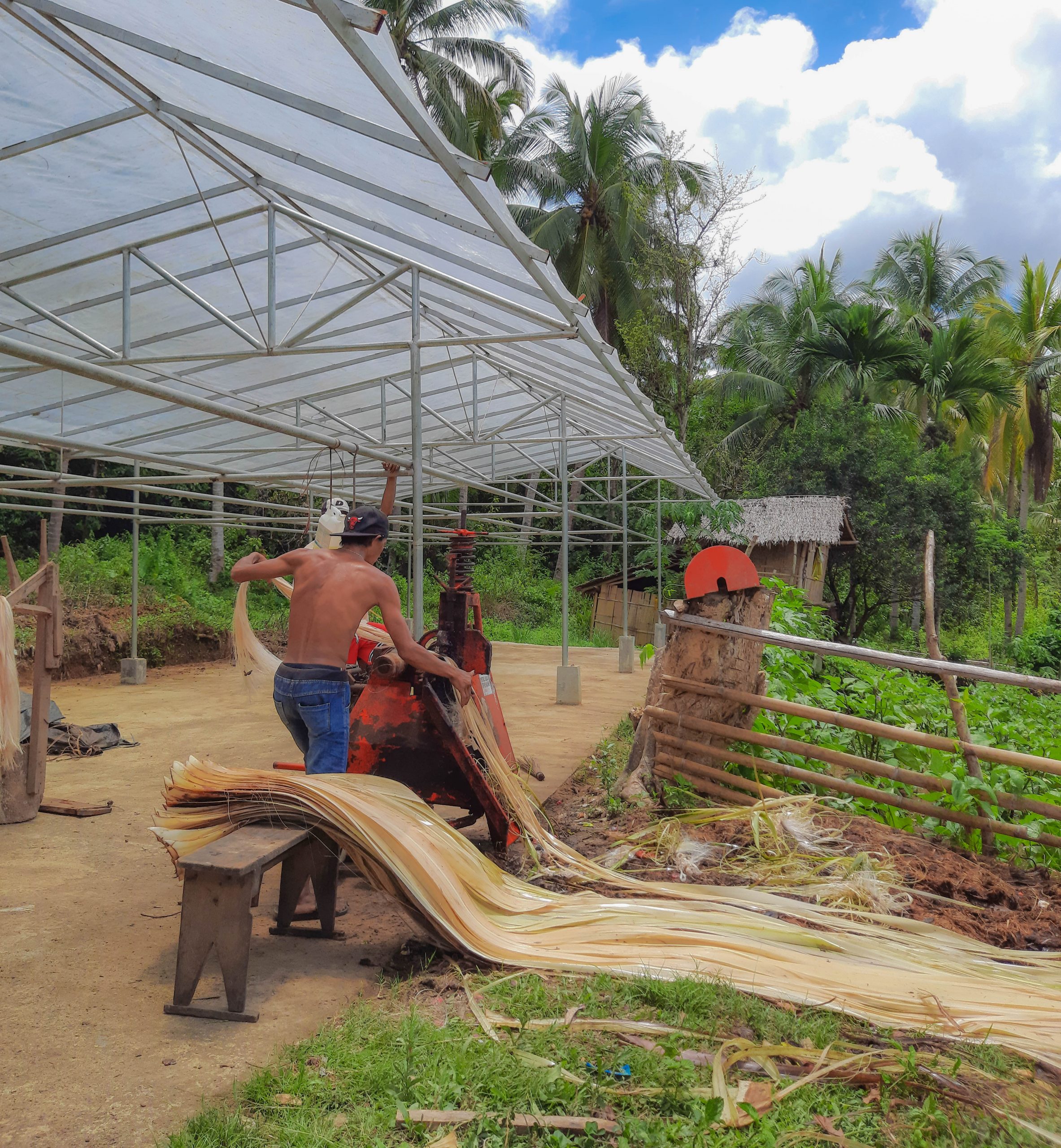
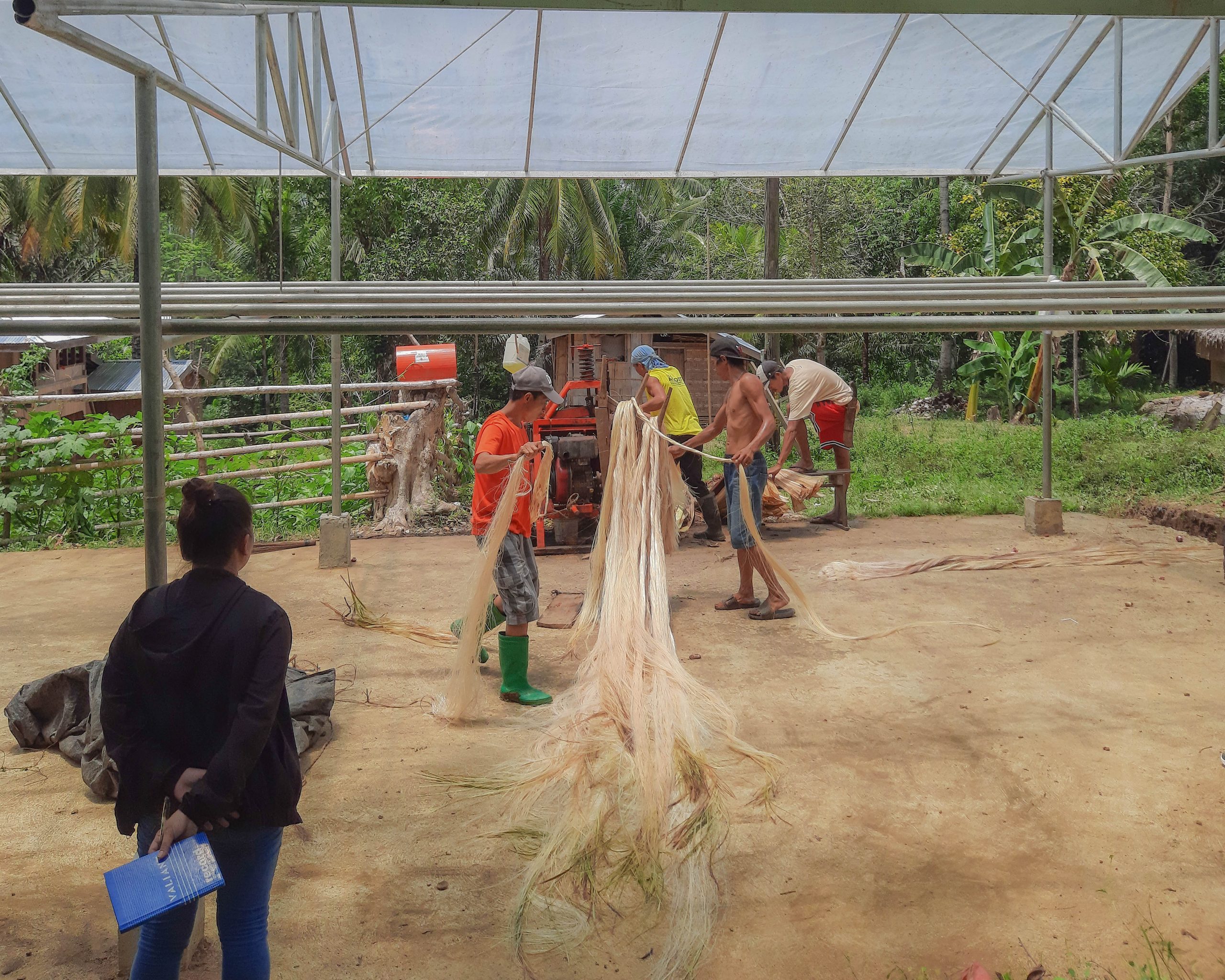

Comments (0)